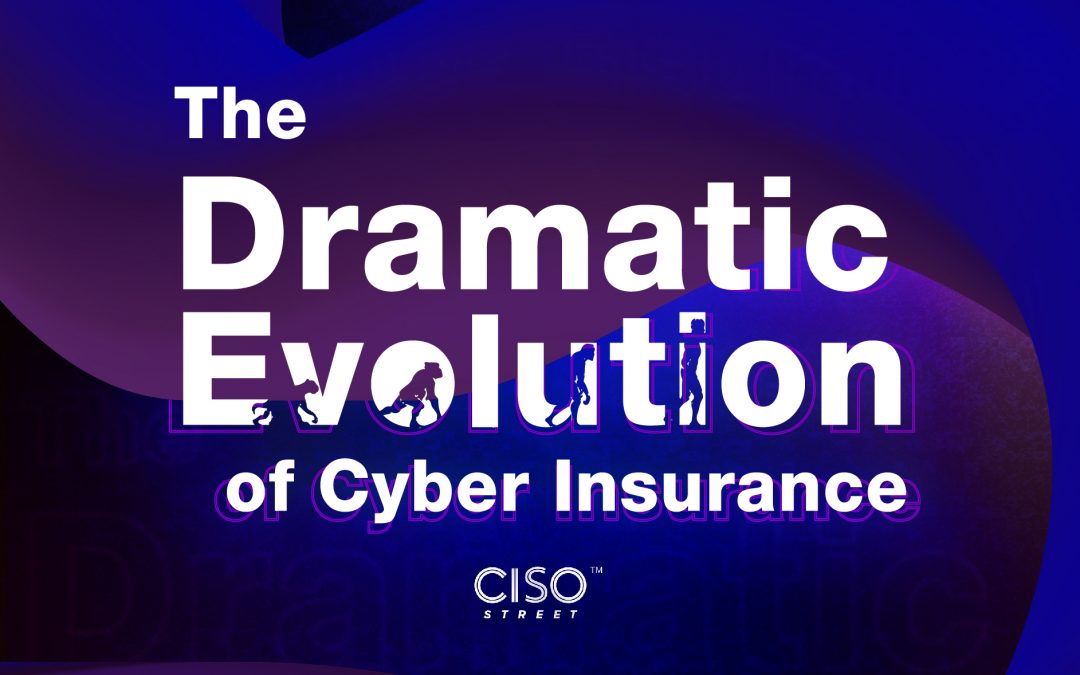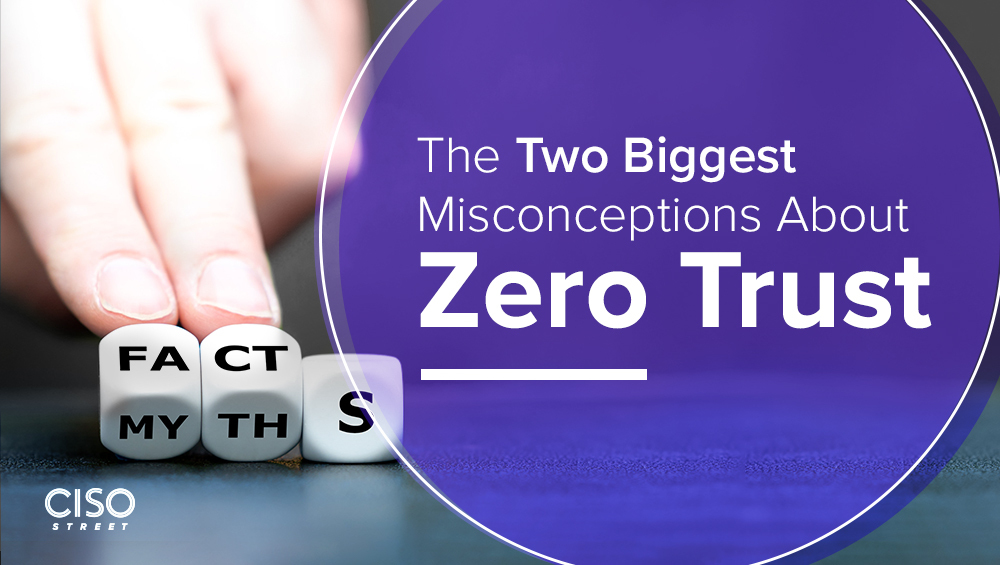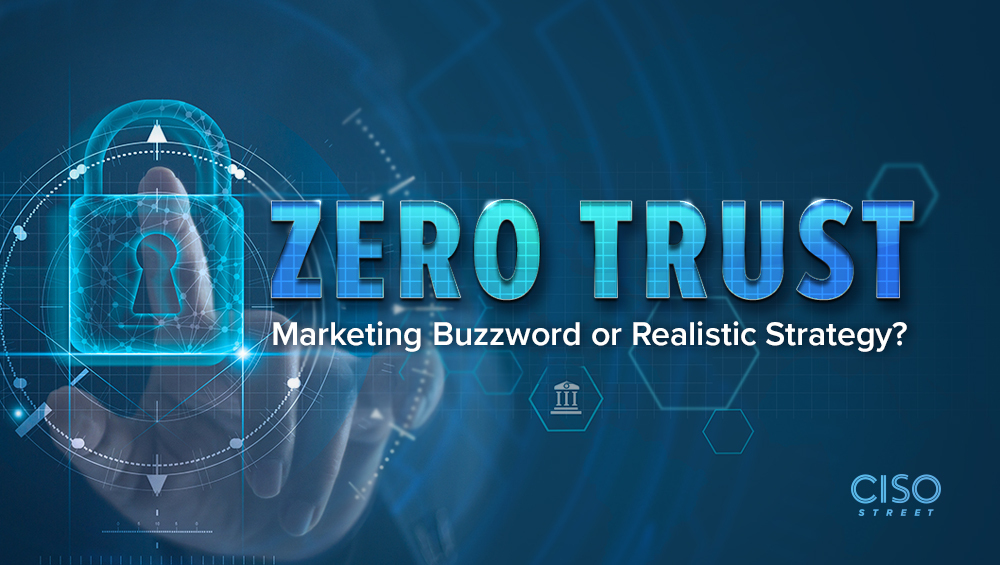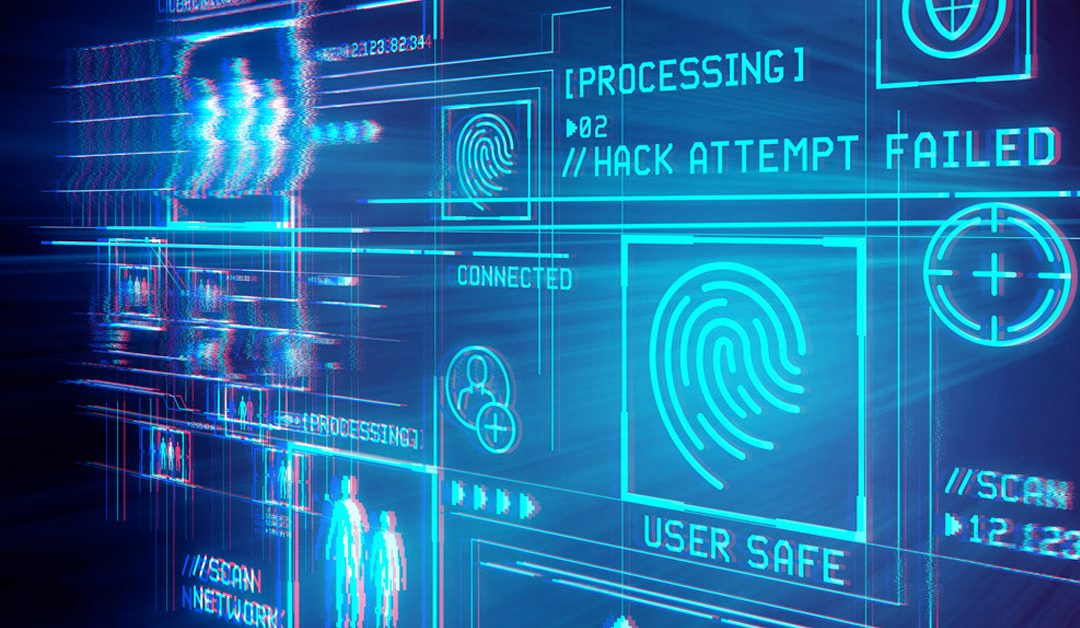Temporary Section
Your content goes here. Edit or remove this text inline or in the module Content settings. You can also style every aspect of this content in the module Design settings and even apply custom CSS to this text in the module Advanced settings.

The Dramatic Evolution of Cyber Insurance
Cyber insurance has changed drastically over the past decade. The days of justifying why your organization needs cyber insurance and demonstrating cyber-insurance ROI are a distant memory. In recent years, the discussion around cyber insurance has gone from a small back-room discussion between individuals to involving multiple departments. Cyber insurance is no longer seen as a nice to have—it’s a must have.

The Two Biggest Misconceptions About Zero Trust
“Zero Trust” is a term on the tip of every CISO’s tongue. However, certain misconceptions about zero trust continue to circulate in the cybersecurity community and into board rooms. CISOs in turn must educate their senior executives and directors on what the term means and doesn’t mean. For example, there is no such thing as zero trust products. In addition, implementing zero trust does not make a system trusted. Identifying and dispelling these misconceptions are critical when deciding if a zero trust approach is right for your organization.

Zero Trust: Marketing Buzzword or Realistic Strategy?
Zero trust is not a new concept, but as times change, so too must cybersecurity strategies. The antiquated “trust but verify” model, for example, has proven insufficient. CISOs are now taking a secure by design approach. They don’t trust anyone or anything unless that trust happens through policy-based access control. Make sure people have access to what they need and only what they need, and not more than that. This approach makes sense given the heightened risk of unauthorized data access.

